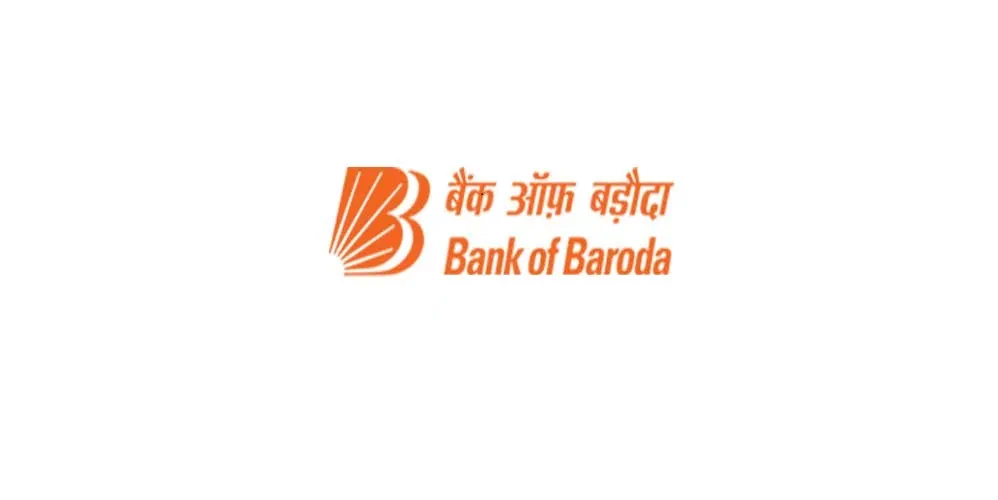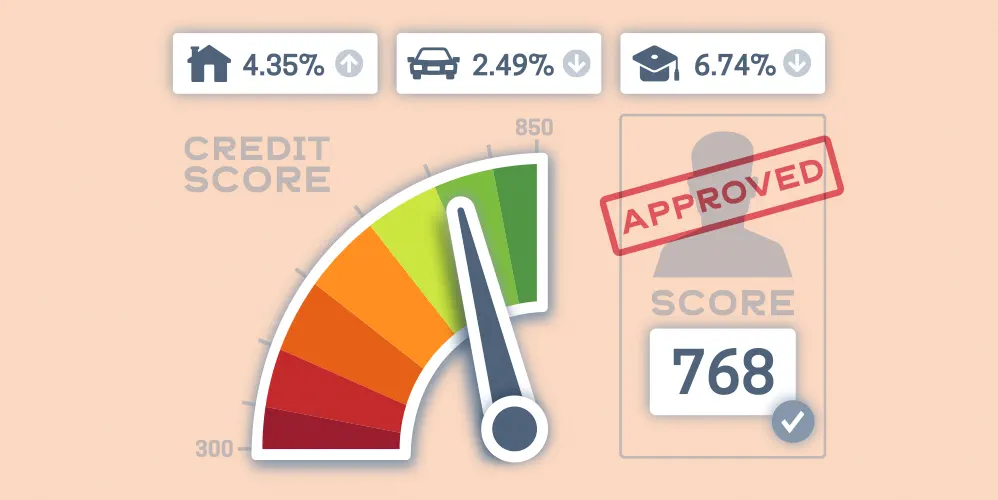
Understanding Home Loan Prepayment - Rules, Benefits, and Charges
05 Jun 2023

Table of Content
What is Prepayment of Home Loan?
If you are looking to reduce your debt burden, you should consider prepayment of home loan. As soon as your finances improve, you can choose to finish your home loan, either in part or in full. If you repay your home loan completely or in part before the scheduled tenure, it is called prepayment of home loan.
While most banks allow for a prepayment of home loan, some banks may charge a small fee for pre closure. It is, therefore, advisable to consider all the pros and cons of foreclosure before taking the plunge.
Who is Eligible for a Prepayment of Home Loan?
All home loan borrowers are eligible for pre closure, as long as their bank offers this facility. You can ensure that you have the option of prepayment of home loan at the time of taking the loan.
Most banks do not encourage prepayment as it causes a loss to them. When you decide to pay off a loan ahead of schedule, banks incur additional costs for rerouting the funds through credit channel. Therefore, banks may impose a fine for preclosing your loan.
That said, you are well within your rights to foreclose your loan—in part or full—if it gives you long-term benefit. If, even after paying the fine, you are saving on the interest you pay every month, it is worth foreclosing the loan.
How Does Prepayment of Home Loan Works?
There are many ways in which you can prepay your home loan. You can either go all out and completely repay the loan ahead of schedule or you can pay off a part of your debt. You can also work on a combination of the two.
• Increase Your Prepayments Gradually After Starting Small :
One way of prepaying your home loan is starting with a small prepayment in the beginning of the loan and to increase this amount every year at a constant rate. You can do so by saving through the year and spending your savings on prepayment.
• Fixed prepayment amount :
You can do this by prepaying a fixed amount towards your principal every year. This you must do over and above your EMI payments. Plan your expenses through the year and make a fixed saving every year. Spend this saving on prepayment to reduce principal.
• Higher EMI
Another way of reducing your principal is by paying more than your calculated EMI. Every month make a payment that is slightly higher than your EMI. This goes a long way in reducing your debt burden.
• Full repayment of home loan :
If your finances have improved tremendously or if you have been able to mobilise a large sum of money, you can completely repay home loan ahead of your tenure. You may, however, must pay a fine for full prepayment of home loan.
Home Loan Prepayment Rules
The Reserve Bank of India (RBI), from time to time, revises the rules it has set for “Levy of foreclosure charges/ pre-payment penalty on Floating Rate Loans”. It specifies the conditions in which banks and housing finance corporations (HFCs) can charge prepayment charges.
• When are banks and HFCs allowed to charge prepayment fees :
- Home Loan is taken by Non-individuals: When a company or firm borrows funds in the form of housing loan, it is not exempt from foreclosure charges.
- Fixed-Rate Home Loan: If you have taken a fixed rate home loan, you will be levied a foreclosure charge for prepayment of home loan. A fixed-rate loan is when the rate of interest is the same throughout the loan tenure. Both banks and HFCs are allowed to levy a penalty on foreclosure of home loan. HFCs, however, can charge a penalty only if you are repaying the loan by borrowing from another bank or HFC. HFCs cannot charge any prepayment penalty if you prepay the loan with your own funds.
- Dual Rate Home Loans: Banks are allowed to charge a penalty for foreclosing a dual rate home loan, which is a combination of fixed rate and floating rate of interest. In such cases, the interest rate is fixed for the first few years and then becomes variable.
• When are banks and HFCs not allowed to charge prepayment fees :
- Floating Rate Home Loan for Individuals: Home loan prepayment rules state that prepayment charges or penalties are not levied on borrowers for taking floating rate home loan. No extra charge is levied on either part or full payment of the loan.
- Paying Fixed Rate Home Loan from HFCs with Own Funds: HFCs can not charge prepayment penalty on fixed rate home loan if the individual is repaying with his/ her own funds.
- Dual Rate Home Loan: Both banks and HFCs cannot charge a penalty if the borrower prepays the loan after it has shifted to variable rate scheme and has become a floating rate loan.
Conclusion
Prepayment of home loan may not always be the right decision. Only if the long-term benefits surpass the penalty to be paid, should you consider prepaying your loan. If you plan your prepayment well, you may be able to save a lot on interests.
Popular Articles
Guide to Getting Agriculture Loan: Application, Eligibility & Required Documents
Related Articles










Guide to Getting Agriculture Loan: Application, Eligibility & Required Documents
-
Disclaimer
The contents of this article/infographic/picture/video are meant solely for information purposes and do not necessarily reflect the views of Bank of Baroda. The contents are generic in nature and for informational purposes only. It is not a substitute for specific advice in your own circumstances. Bank of Baroda and/ or its Affiliates and its subsidiaries make no representation as to the accuracy; completeness or reliability of any information contained herein or otherwise provided and hereby disclaim any liability with regard to the same. The information is subject to updation, completion, revision, verification and amendment and the same may change materially. The information is not intended for distribution or use by any person in any jurisdiction where such distribution or use would be contrary to law or regulation or would subject Bank of Baroda or its affiliates to any licensing or registration requirements. Bank of Baroda shall not be responsible for any direct/indirect loss or liability incurred by the reader for taking any financial decisions based on the contents and information mentioned. Please consult your financial advisor before making any financial decision.
What is a Home Loan Processing Fee?
Banks and lending institutions levy a onetime charge on the different types of Home Loan products. This charge, known as the Home Loan processing fee. It is generally not deductible from the loan amount, and the borrower pays it separately. This is a fee to cover the loan processing cost incurred by the lender or the bank. Some banks may waive such processing charges for a Home Loan as part of special offers.
How does an EMI on debit card work?
With the exponential growth and increase in online shopping and the number of products available, the modes of payment for these purchases have also evolved. It is no longer necessary to pay upfront in cash. One very popular option that people use is to convert purchases into installments on their credit card. This system has become one of the preferred ways to buy consumer durables. However, for those people who do not have credit cards or who do not have a high limit on credit cards, there is another option; EMI on a Debit Card.

